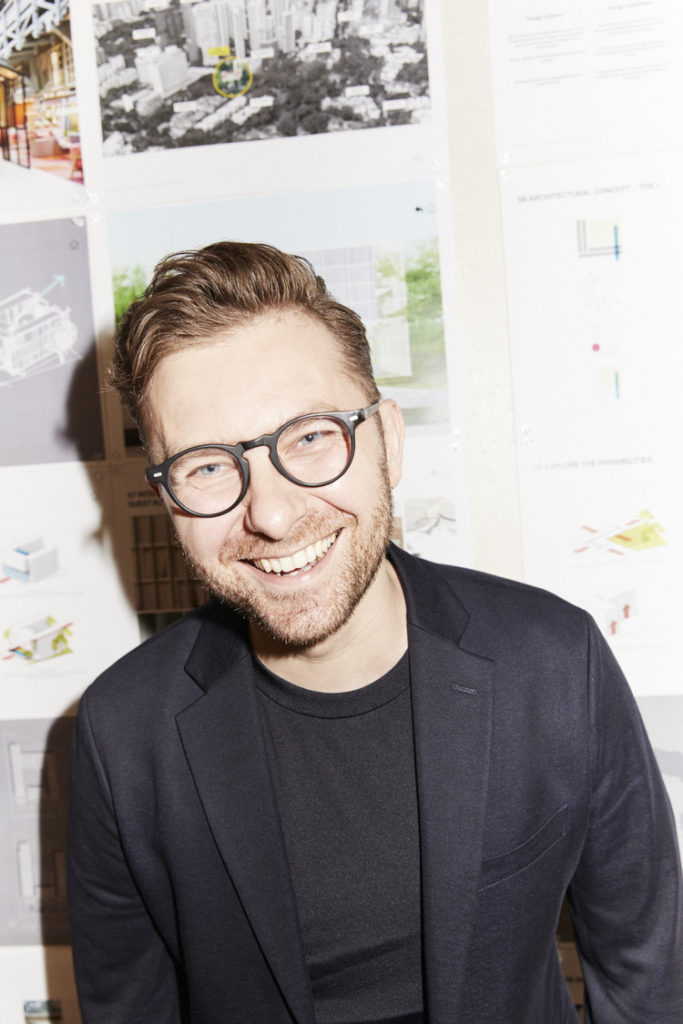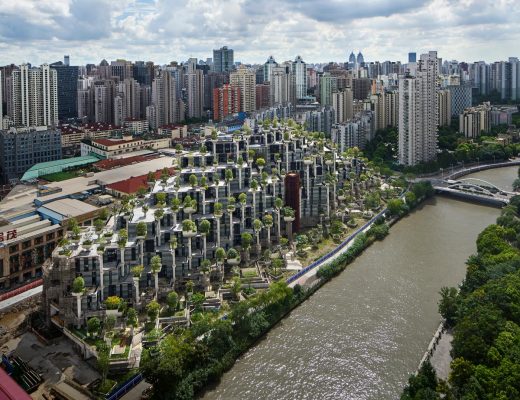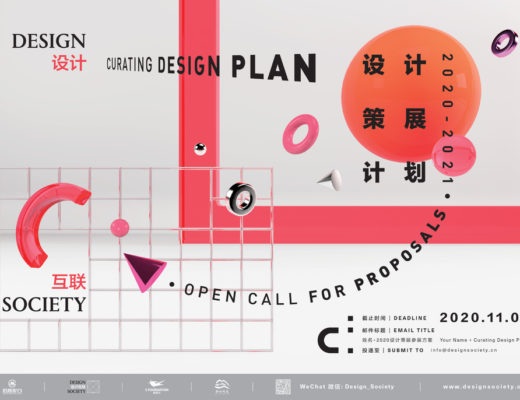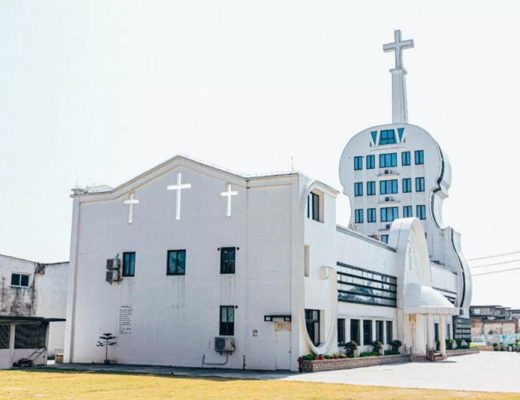Few industries and sectors have been left untouched, if any, by the disruptions caused by the Covid-19 pandemic. Amid the ongoing global healthcare crisis, the role of architecture, especially in urban cities, has taken a front seat, by highlighting the persistent challenges that cities – none more so than dense cities such as Singapore – face in terms of creating a sustainable, inclusive and healthy environment for their inhabitants. Some of these themes and more are being explored at Archifest21 – in its 15th iteration this year – which is organised by the Singapore Institute of Architects (SIA). It opened to participants and members of the public on 1 October and will run till 31 October. Last year’s festival, as well as the current edition of the event are a departure from its previous editions in the pre-Covid-19 days that witnessed a more centralised programming, physical events and on-site activations. This year’s Archifest had already been planned as a hybrid event when the number of Covid-19 cases in Singapore began to rise sharply closer to the date of the event. As a reflection of the organising team’s perspicacity, the event was quickly transformed into an online-only event.
Featured photo (top): Be, Sense & Retouch with – Complete an insightful sensory assessment, learn how sensitive your senses are, and receive tips on how to mindfully retouch your home and office to meet your senses’ needs. Photo credit: Retouch and Marcus Lim
DE51GN speaks to this year’s festival director, Ar. Razvan I Ghilic-Micu MSIA RAIA and Ar. Richard Lai, president, SIA, to find out how this year’s theme – Design Evidence – responds to the ongoing upheaval while continuing the 15-year-old annual tradition.
In addition to his leading role at Hassell Architecture Singapore, Mr Ghilic-Micu has worked in Shanghai, New York City and Toronto. Recently, he also took on the role of the chief editor of The Singapore Architect Magazine. He is also a unit leader at the National University of Singapore Department of Architecture. He has curated, designed and moderated exhibitions and events at the URA Centre, National Design Centre, as well as for prominent festivals like Archifest, Singaplural and the Singapore Design Week. More recently he has moderated design conversations on sustainability as an active founding member of Architects Declare Singapore.
Mr Lai is a senior principal architect at ADDP Architects. He is a registered architect with the Board of Architects in Singapore and an elected Member of the Council of the SIA since 2011. He is also an active member of the architectural fraternity which includes organisations like Building and Construction Authority (BCA), BCA Academy, SIA, Enterprise Singapore (formerly SPRING Singapore) and Singapore Polytechnic, School of Architecture and the Built Environment.
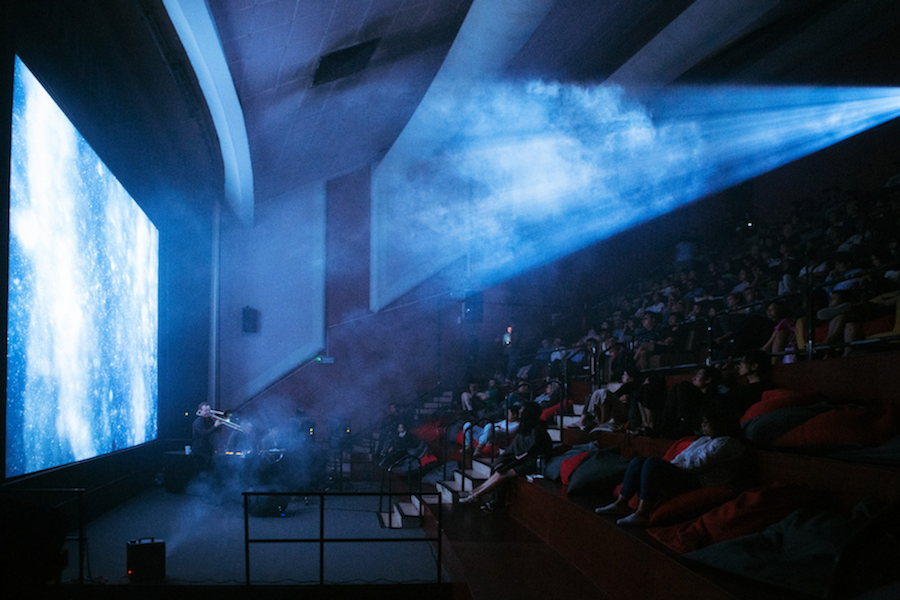
How is this edition of Archifest conceptualised differently from the previous editions?
Razvan Ghilic-Micu (RGM): Without a doubt, we live in a very different world. The editions prior to last year featured one flagship pavilion and were held in one physical location, such as the URA Gallery or Gardens by the Bay. But having been on our toes for the past year, we designed an agile programme that could respond to unexpected disruptions. However, the event wasn’t deliberately designed as a reaction to the pandemic. It is genuine and remains fundamentally interactive, having been designed for the digital natives. The only difference between last year and this year is that by the time the festival took place last year, the number of Covid-19 cases in Singapore had really come down and things had stabilised. This year, on the other hand, has thrown up some new conditions. But we didn’t want to see the ongoing healthcare crisis as a compromise or weakness. As architects, we want to find the opportunities in the challenges and make the best of it. So our take on the hybrid festival transcends physical activations. The online experience is quite seamless.
The one thing that we are doing slightly differently this year is implementing the curatorial team. I’m relying on a small group of diverse and excellent individuals who will steward the five different lenses – Arts and Culture, Community and Inclusivity, Environment and Sustainability, History and Heritage, and Technology and Methods – of the festival. We have over 100 events taking place all over Singapore that allow us to reiterate the effectiveness of the Archifest brand as well as its agility.
“The five lenses of the festival are platforms through which people can uncover and discover design evidence. We don’t want to pre-determine the outcome [of this investigative process] or its conclusion. That’s why architects approach such journeys with an open mind. We collect the evidence, see the facts and that informs the way we think about the world and what better way to send a message than allowing people to experience it for themselves.”
AR. RAZVAN GHILIC-MICU, FESTIVAL DIRECTOR, ARCHIFEST21
What inspired you to come up with the theme, “Evidence”? How would you define evidence-based architecture for the man in the street?
RGM: This theme is primarily an invitation to debate, discover and find out what architecture could be. The theme is not launched as an answer, it’s a provocation to both designers and non-designers to discover this rich diversity of knowledge that goes into making architecture and the city. For architects, this is a chance to reflect with a certain level of accountability on the very tangible value that we bring: ‘What do we base our decisions on?; What are some of the processes and facts that unlock our creativity?’
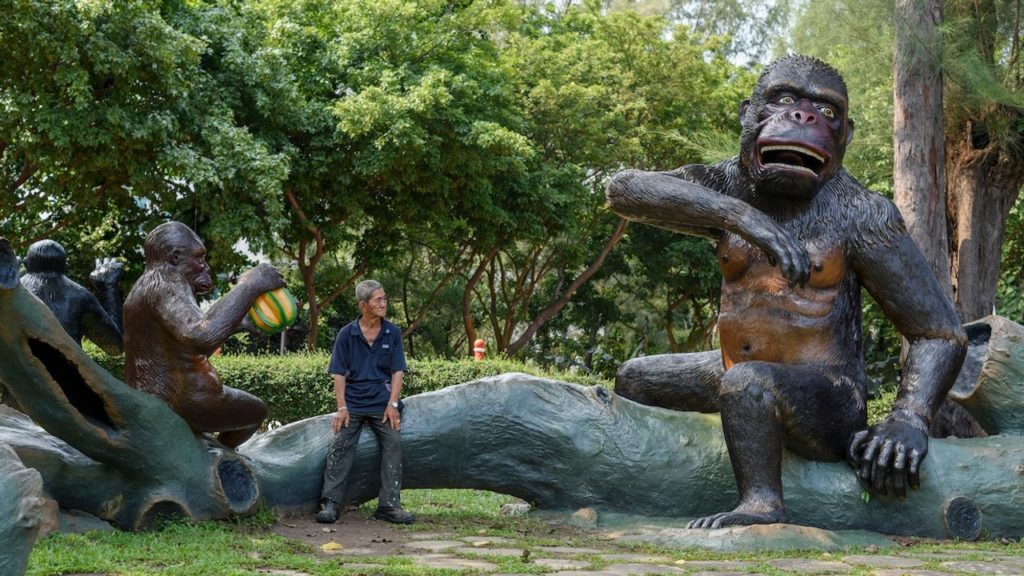
Watch the feature documentary on Mr. Teo Veoh Seng, the last artisan of Haw Par Villa , and his journey to find a successor. Engage in a rousing panel discussion on the fate of Haw Par Villa with esteemed conservation experts and the Singapore History Society. Photo: The Projector
For the people on the street, I’d genuinely ask them to look around themselves with an inquisitive mind. Architecture is a diverse discipline that touches almost every aspect of our lives, and the events are curated to give them a real-life hands-on experience of this and I want them to walk away thinking ‘Oh, I didn’t know architects could be doing this’. In a sense, we want to turn it back to the architects, almost like a mirror to the profession; it’s easy to assume that architecture is about designing buildings and through the speakers of the conference and over 100 activities, we want to self-reflect and see new evidence of what our profession could be and a chance to prove that architecture could be so many more things.
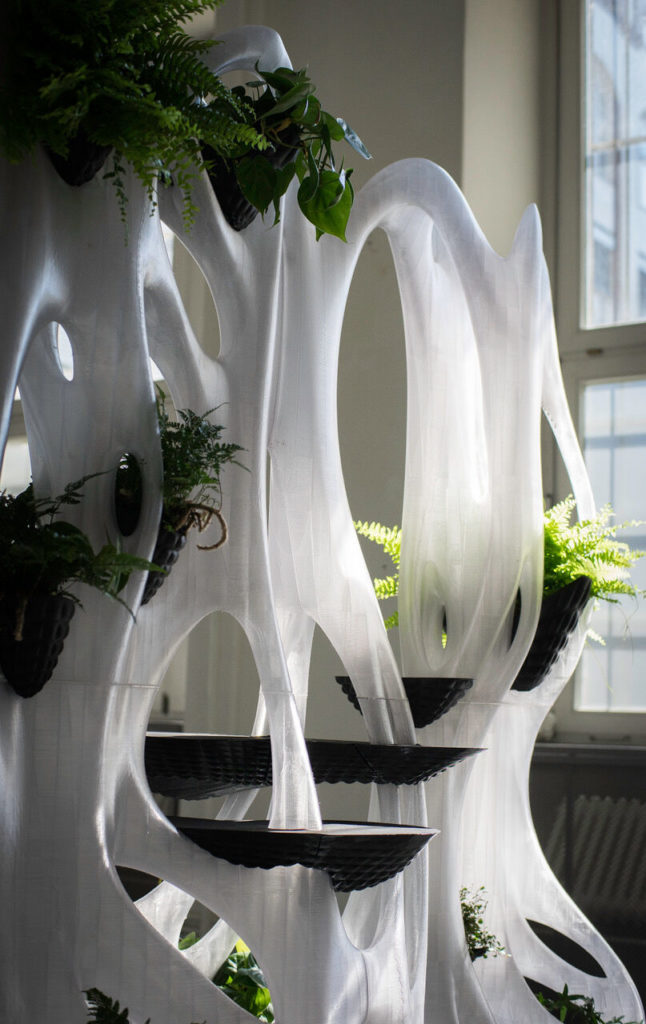
Learn all about agent based modelling and large 3D printing with Singapore Polytechnic and Big Rep. Photo: Big Rep
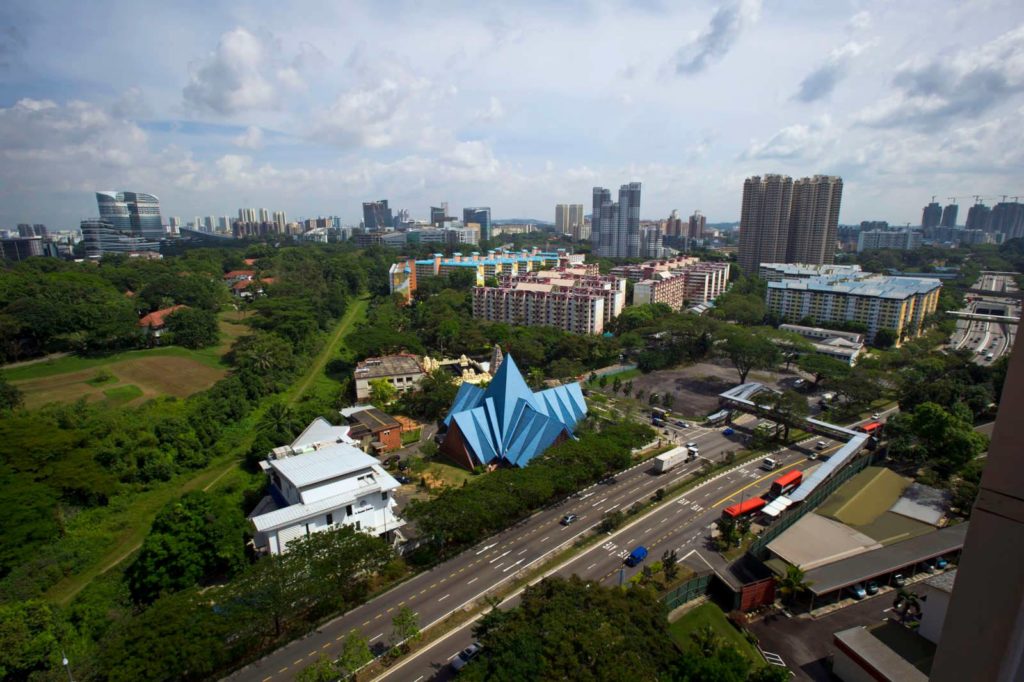
The five lenses of the festival are platforms through which people can uncover and discover design evidence. We don’t want to pre-determine the outcome [of this investigative process] or its conclusion. That’s why architects approach such journeys with an open mind. We collect the evidence, see the facts and that informs the way we think about the world and what better way to send a message than allowing people to experience it for themselves. We felt that genuine way of connecting is the right way of doing it through the festival. And that’s where the different curators having their own expertise are able to fine-tune how those lenses work.
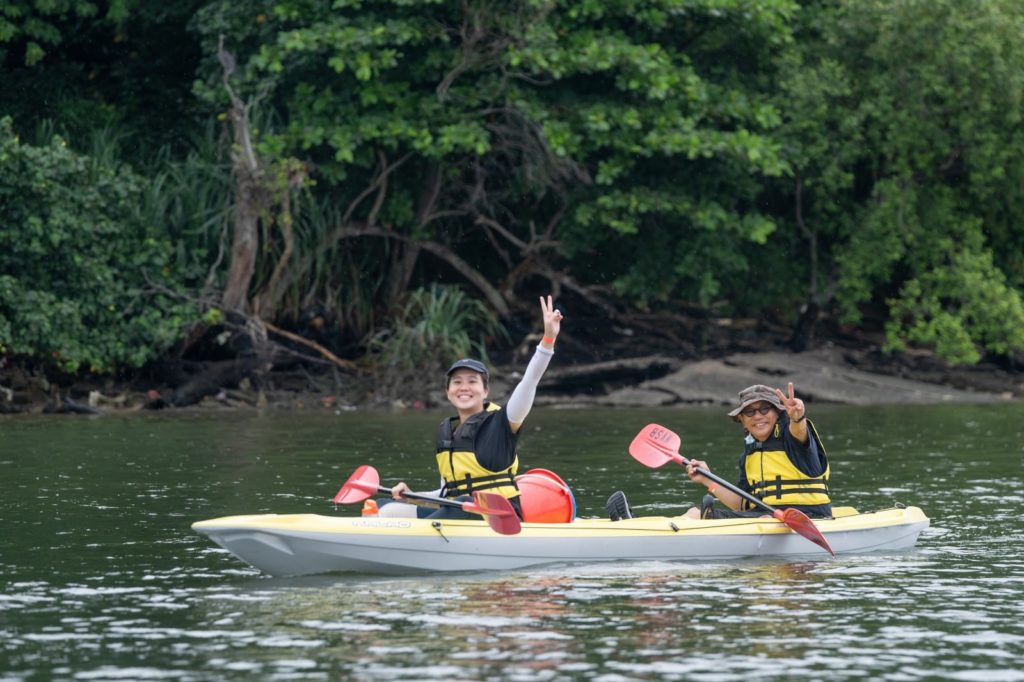
Learning and interacting with their environment is how architects work. For example, in partnership with the Singapore Institute of Landscape Architects, we are organising the Kayak and Klean event that allows people to not just talk about mangroves but actually row along the mangroves and explore the ecosystem that is at the interface of Singapore’s land and water bodies. And hopefully, if they see any flotsam, they will clean it up. This hands-on experience cannot be substituted by a mechanised boat.
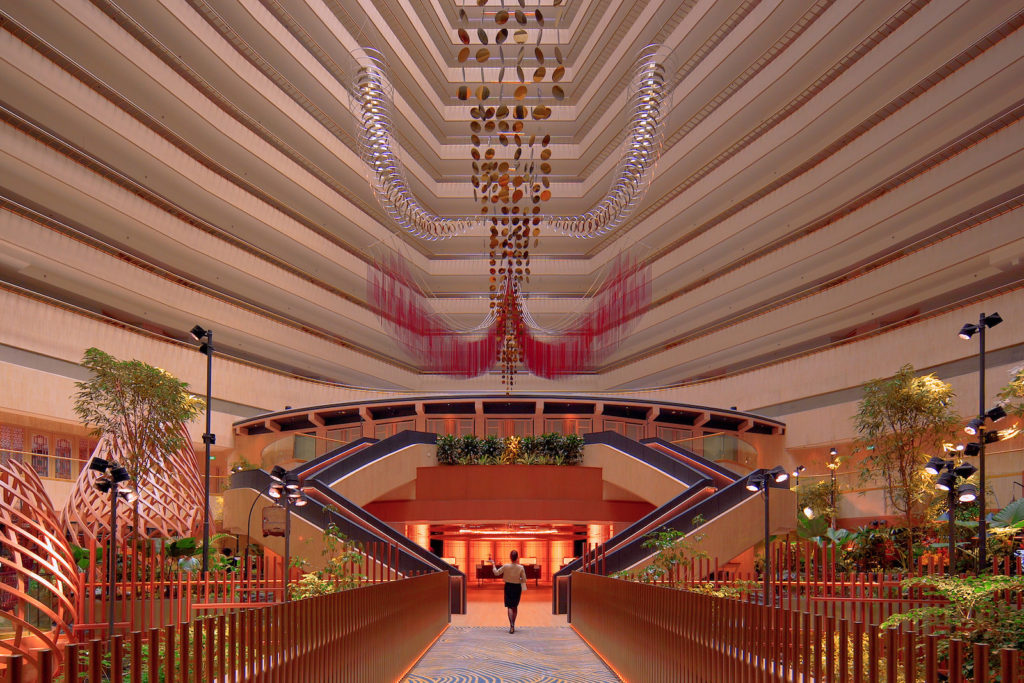
Equally, there are ways, especially during a pandemic that we want people to discover. We are going to launch during the festival, a virtual exhibition called “Singapore Through My Eyes” that explores works by a diverse group of creatives – from urban sketchers to photographers and architects – who are looking at the city. The exhibition will allow people to virtually process these materials such as short clips, and a Wes Anderson-ish short film on Singapore by Kevin Siyuan that will premiere at the Archifest and of course, there is the festival conference.
This year, Archifest is doing more than just talking about things – we are walking our talk – we are not just tackling sustainability, consumption and social responsibility through events; we are doing it ourselves through our operations. We are aiming for a zero-waste festival. We want to ensure that out footprint is really minimal by not printing any collateral on paper. Our website is designed to facilitate a user-friendly experience online. For some of the physical events, we will do the branding through light in festival colours, so the brand recognition is present and you wouldn’t need paper that would end up in the waste bin. The festival team is challenging ourselves to live our values by example. That’s the only genuine way to lead through our actions.
“Archifest is being held at a time when everyone, including those in the built environment, is facing a tough time. Through our events, such as learning about heritage, we can help bring a new vivre to the programme. One thing I personally love is the rich diversity of the programmes that will appeal to the architecturally-inclined, both old and young, as they will be able to relate to the activities.”
Ar. Richard Lai, President, Singapore Institute Of Architects
There are different events taking place all over the city during Archifest. Does this allude to the fact that downtown areas worldwide are no longer the epicentre of cultural and creative activities and that there is an emphasis on decentralisation?
RGM: Cities have a centre for a reason and by no means, we want to challenge their relevance. We have, however, during the pandemic, seen a healthy shift towards complementing the city centre with a broader network – let’s call them 15-min precincts. We have an equitable spread of opportunities across the land. We believe that culture is a great equaliser, so it’s really important in a post-pandemic world to complement our anchors of culture and traditional venues where things have been happening for years, with this set of accessible venues. It’s also an evidence that architecture is everywhere. Our partners and events are located all over Singapore. They make a difference in their communities. We saw it as our role to bring Archifest to the communities rather than the other way round.
Do you reckon there is a heightened sense of nature around us, due to people’s inability to travel and prompting people to explore new spaces in their own cities?
RGM: This heightened sense of nature has always been present subconsciously. We have all been through the pandemic sharing some of the activities. Some of these activities have gained traction in the past 18 months or so, and people are rediscovering the city. Some of our heritage tours are outdoor tours. You are walking through the neighbourhood and looking at the buildings and surroundings. Pre-Covid-19, it might have been uncommon to walk through your own neighbourhood.
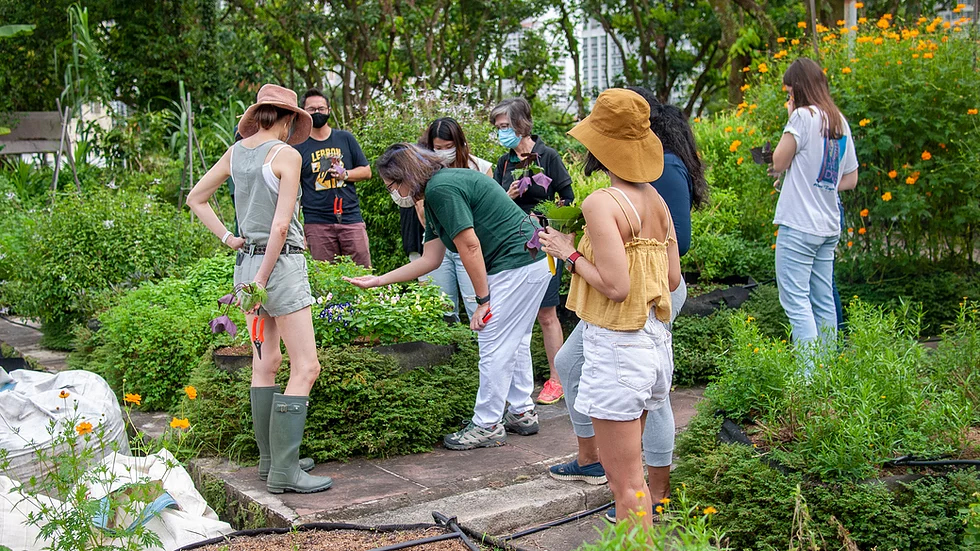
Equally, we see an increase in the focus on community-led, grassroots-led awareness of consumption and sustainable urban farming. Some of our partners, such as the Edible Garden City and City Sprouts, through the interest of the community in those areas in what they have to offer, has been so encouraging. It’s well aligned with what we are pushing together as a society towards sustainability, how we consume things and how it affects the city. There are many other programmes such as AirLab SUTD along with City Developments Limited, on the rooftop of their Singapore Sustainability Gallery, are organising an interesting exhibition about how you can bring technology into an entire sphere of 3D printing substrates for planting and such. It’s more about creating an awareness. It shouldn’t have taken a pandemic for us to become aware of our surroundings. The festival probes how to leverage that heightened awareness and celebrate it.
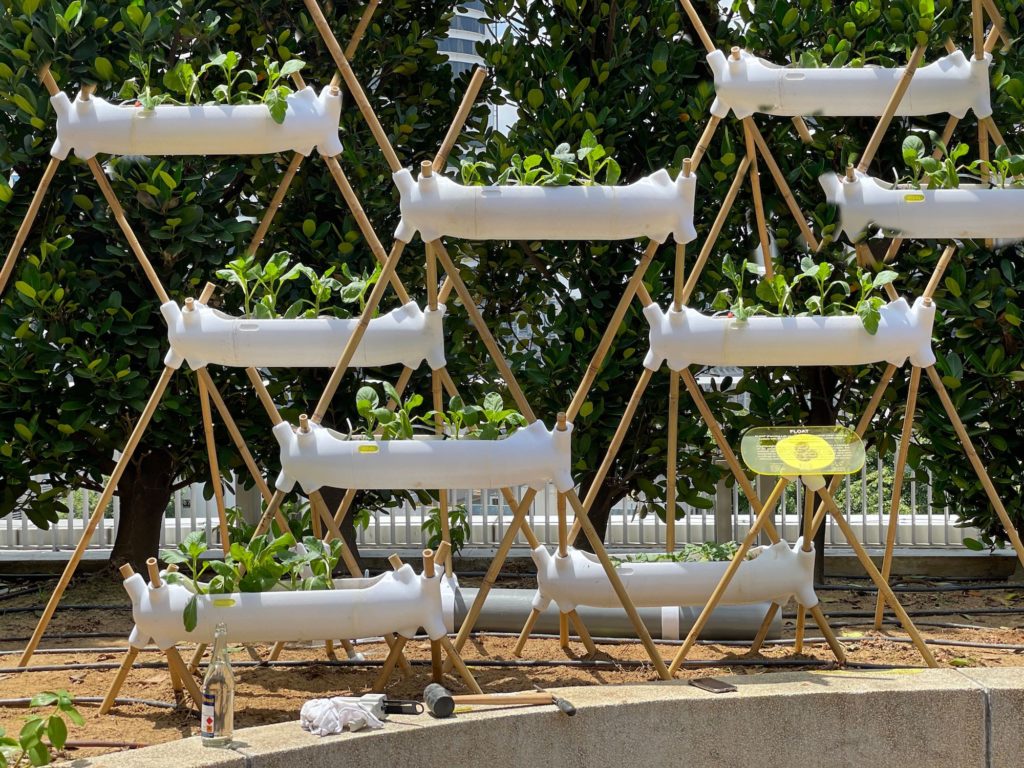
There is a lot of emphasis on community, sustainability and preservation in the programme, which are topics of conversation globally. What does it tell us about Singapore’s place in the world as a hub of good design?
RGM: We have been talking about sustainability for a long time [within the realm of the festival] but this year, we are doing so without making the festival overtly about this topic. These elements should be seen as an integral part of architecture and citizen responsibility. When you have this new awareness, we no longer have to make a point of talking about them because they are already a part of the conversation and we can take it to the next level. Singapore continues to be a world hub of diversity and leadership. I moved here from New York City a decade ago, precisely because of Singapore’s commitment to putting world-leading ideas into action. We are, undoubtedly, a reference point and events such as Archifest have the agency and responsibility to usher and champion these topics of global relevance. We need to understand how to talk about them in the context of our work and my hope is that the speakers of the conference – the way they address sustainability is incredibly diverse.
“Google Maps is useless for newcomers to Singapore because it takes you down the streets where cars ply. But walk through the HDB estates that are designed as porous, pedestrian and continuous grounds. This kind of porosity and permeability, especially in the HDB estates, is amazing. Singapore put something there for you and you don’t even know it. That’s the evidence of someone thinking for you. In my view, architecture actually succeeds when it becomes invisible. It’s a shirt that fits so well that you don’t feel it.”
Ar. Razvan Ghilic-Micu, Festival Director, Archifest21
What is SIA’s role in unifying all the different elements of Archifest and how does it help to amplify the local voices?
Richard Lai (RL): Our mission at SIA is to champion excellence in architecture and built environment. An important part of the mission is to reach out to people beyond the architecture community and make the subjects more relatable to the members of the public. These events are important in helping to spread the word about what we do in our profession, our craft and processes. Design elements are everywhere. This edition of Archifest has inclusive elements, which is one of SIA’s long-term goals.
Archifest is being held at a time when everyone, including those in the built environment, is facing a tough time. Through our events, such as learning about heritage, we can help bring a new vivre to the programme. One thing I personally love is the rich diversity of the programmes that will appeal to the architecturally-inclined, both old and young, as they will be able to relate to the activities.
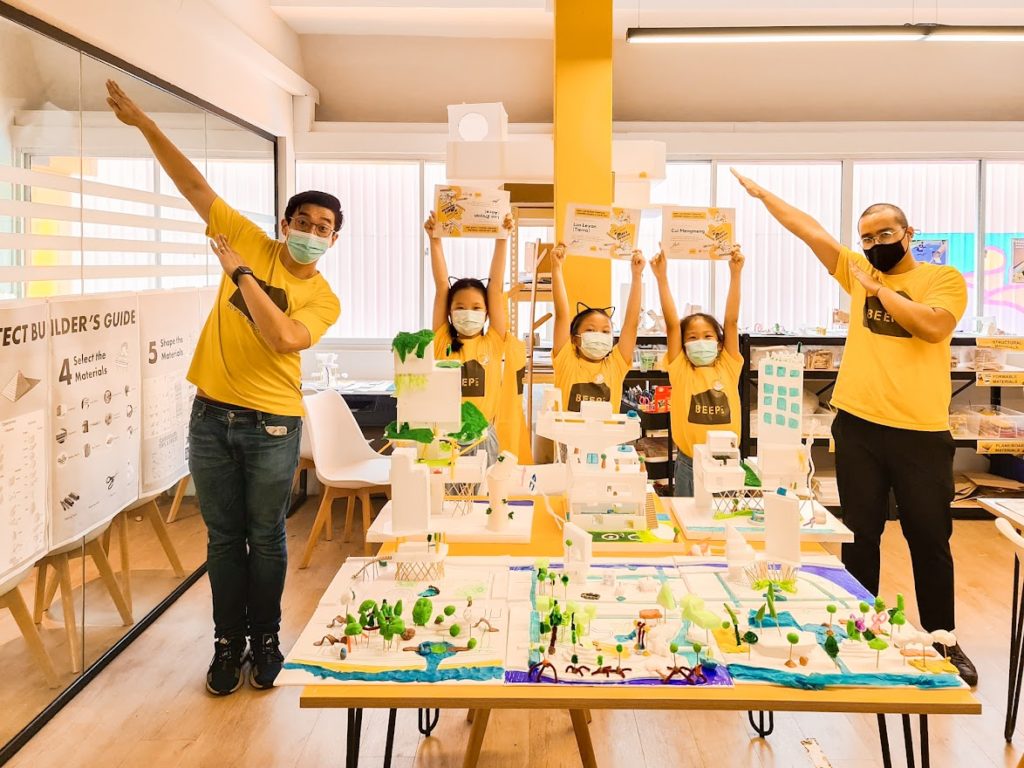
What is the message that you hope this edition of Archifest will convey to the wider world?
RGM: A festival of this magnitude is co-created with a lot of minds and the institute, and Richard [Lai] as our leader. There are some messages that are important to talk about at the moment and discuss that architecture can be much more than what we typically think it is. There is a broad diversity and richness in the voices in architectural discipline. Look at the conference – it’s important to harness the power of this diversity, the value that architects bring is very far-reaching. We don’t want people to just believe it because we say so, we are actually showing and sharing the evidence not just within the field of architecture but within the broader community, regional or global. Architecture is not just for architects. Everyday citizens have the agency to bring about a positive change. We can give people some hints and clues for where to look but our deepest hope is that this inquisitive mindset will continue into the future long after the festival ends on October 31.

What’s the next big thing for SIA to engage in?
RL: The environment we are in now has transformed the way we operate. Last year and this year, we have tried to do things differently than what had been the norm so far. In the past two years, we are trying to change the mindset of practitioners and how we can survive this period. We have been engaging with our members on a regular basis to see what they are going through and how to refocus as a result of this disruption. Action-wise, our goal is to realign and move forward, and through this leadership, guide our members and provide them with support as they go along. We are sharing experiences and resources on how to overcome this crisis.
Before the Covid-19 pandemic, we had forgotten to appreciate the good things around us. Now is the time to rediscover objects, people and places around us which is a big part of how the realignment can happen. I take night walks along the Old Railway Track, and enjoyed looking around – the buildings and lighting, the way people respond to the surroundings, and fauna. Pre-pandemic we didn’t observe and appreciate the details around us because we were always rushing.
RGM: I don’t feel derailed due to the pandemic, rather I feel realigned. What I have discovered in Singapore are hidden gems in plain sight. My Thursday walks usually start at the mouth of the river at the Gardens by the Bay all way to Bukit Timah, which is a seven mile walk. I try to take different routes each time. What’s remarkable about it is that we all have a certain image of superlatives and iconic buildings and billboards, and Singapore is much more than that. Walking though the HDB Estates to landed housing and industrial estates at Redhill, walking up and down, you realise the textures, sounds and smells of generic Singapore doesn’t get celebrated in movies or postcards. But that richness is amazing and that is an evidence of design.
Walking on foot and discovering new places is invigorating in this small but incredibly buoyant city. Google Maps is useless for newcomers to Singapore because it takes you down the streets where cars ply. But walk through the HDB estates that are designed as porous, pedestrian and continuous grounds – you go up and come down a ramp. The maps won’t even tell you whether there is a staircase at the other end, but you’ll find one when you get there. This kind of porosity and permeability, especially in the HDB estates is amazing, and you can do it without ever getting to see a car. Singapore put something there for you and you don’t even know it. You discover it and that’s quite cool. That’s the evidence of someone thinking for you. In my view, architecture actually succeeds when it becomes invisible. It’s a shirt that fits so well that you don’t feel it. Things are being designed well that we don’t even notice them. There aren’t a lot of things that make our life difficult. But at the same time, we should observe what makes our lives better and improve on those.
You might also like:


